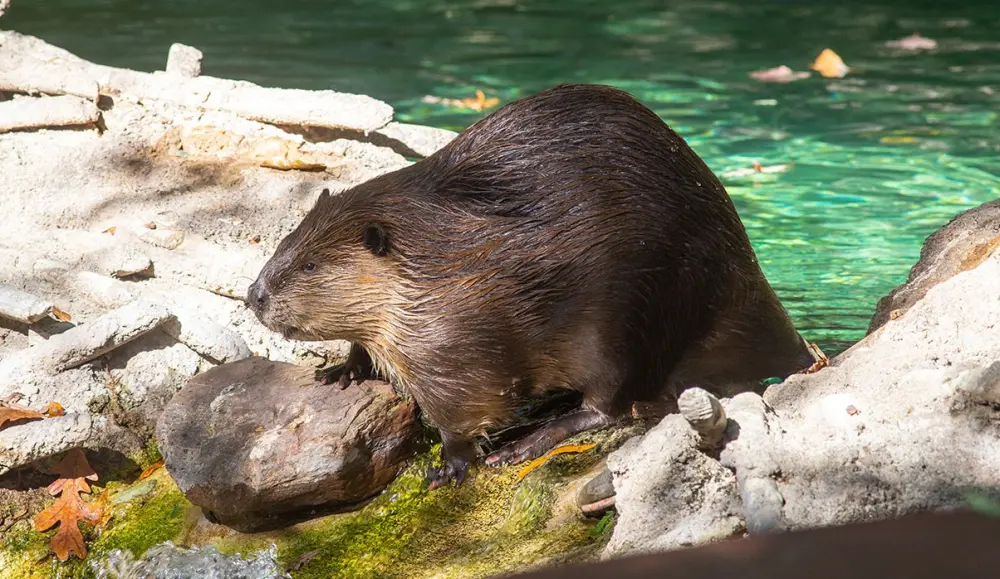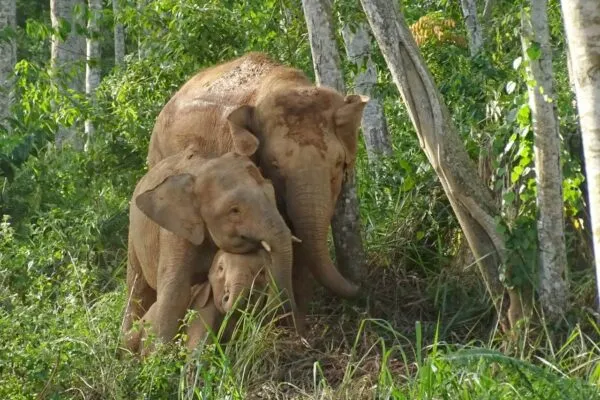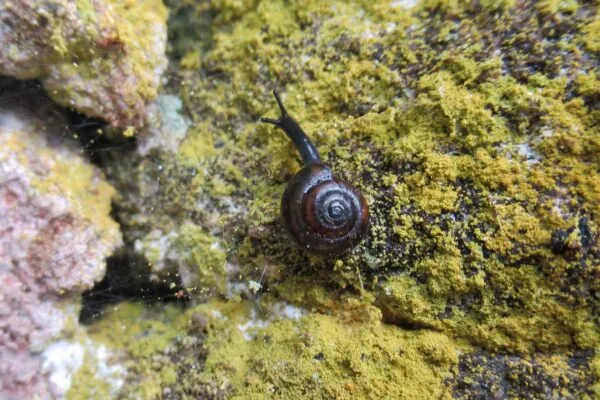Beavers are Returning to England after 400 Years Under Legal Protection
Rewilding has become a great way to bring back some of the endangered species across the world. In a piece of exciting news, beavers will be returning to England after 400 years under legal protection. With proposals to support a ‘cautious’ return of the semi-aquatic mammal, the government is now ready to designate them a native species and allow them to repopulate in the wild.
The designation of native species will mean the animals are legally protected and it will be illegal to capture, kill, disturb or injure these animals or damage their habitats without a license from Natural England.
The decision of the cautious release of more beavers into the wild follows a study on the River Otter in Devon, the only place in England where beavers have been living in the wild, since 2008, after either an unlicensed or accidental release.
While the government clearly didn’t understand the importance of these animals and planned to remove them after the beavers gave birth to kits in 2014, The Devon Wildlife Trust and other conservation organizations wanted to study their environmental impact.
The study soon revealed that the animal brings about several benefits to the areas they inhabit, including biodiversity increase and reduction in flood risks. It was found that they create new wetland habitats, improve water quality, reduce surface runoff and boost the population of fish, amphibians and water voles.
According to Eva Bishop from The Beaver Trust, which campaigns for the reintroduction of beavers in the United Kingdom;
We hope to see beavers accepted back in the countryside like any other native wild species, particularly as they have a role to play in nature’s recovery and British wildlife resilience in the climate emergency. Beavers are a nature-based solution that can help turn Britain’s rivers into nature recovery networks, slowing the flow of water through the landscape.
The animal was hunted to extinction in the UK by the beginning of the 16th century due to demand for their meat, fur and scent glands. However, numerous reintroductions have taken place or are under progress across the UK, including in Scotland, Wales, London, the Forest of Dean, North Yorkshire, Devon, Somerset, Essex, Norfolk, West Sussex and Dorset.
Via: The Guardian



